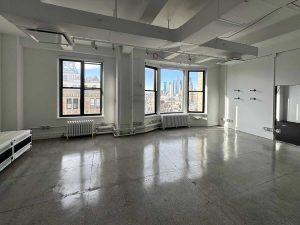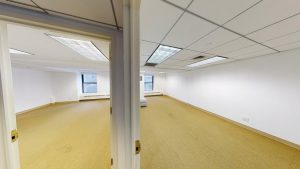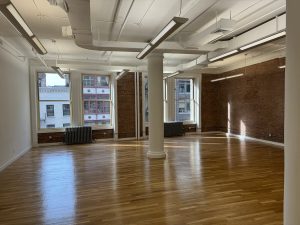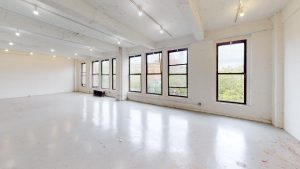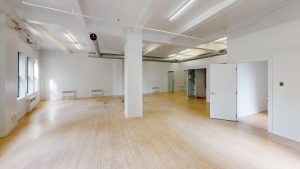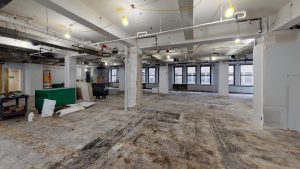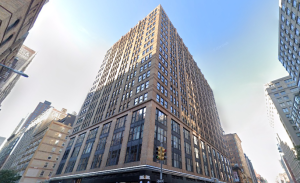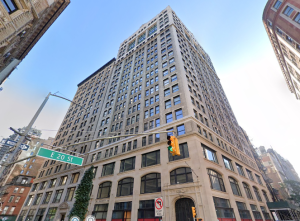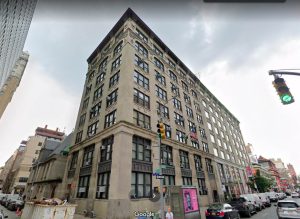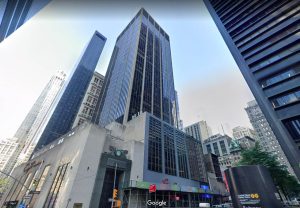Picture yourself standing in a sleek Manhattan office, eager to sign a lease and tap into the city’s boundless potential. But wait! Before the ink dries on the commercial lease, let’s discuss a critical detail – commercial rent increases. Understanding this escalation clause is vital to maintaining your long-term budget.
Why does your rent rise, you ask? It’s all about balance. Landlords grapple with yearly surges in building services, personnel, energy, and maintenance costs. This escalation clause, therefore, is their lifeline, a buffer that ensures their investment remains viable. This mechanism helps them offset growing expenses, safeguarding the building’s integrity and financial stability.
But it’s not just a landlord’s lifesaver. It’s part of New York City’s commercial real estate DNA, helping both parties forecast and brace for future costs. So, let’s unlock its nuances.
How Much More Per Year?
Various calculation methods are employed by landlords to determine annual commercial rent increases. As each comes with advantages and disadvantages, becoming acquainted with these methods is imperative to evaluating a potential property and understanding future real estate costs.
Fixed Annual Percentage Increase
The fixed annual percentage increase method is the most common rent escalation method in New York City. Here, your rent goes up by a fixed percentage annually, typically around 3%. Predictability is the selling point of this approach. You know what’s coming, can forecast your future rent payments, and ensure no surprises down the line.
Consumer Price Index (CPI)
Landlords who prefer to ride the economy’s tides might opt for the Consumer Price Index (CPI) approach. Unfortunately, rent increases fluctuate with the inflation rate, making it impossible to foresee exact figures. You stand to save if the CPI remains low during your lease term. But, when inflation surges, you might face heftier rent than a fixed percentage increase would demand. During times of increased inflation when the CPI exceeds the customary 3% annual rent increase, tenants generally avoid the CPI formula for rent increases.
If you as a tenant believe inflation will increase during your tenancy you should avoid the CPI calculation method.
Tenant’s Proportionate Increase in Operating Expenses
Some landlords prefer to share the weight of escalating operating expenses. Therefore, they link rent increases to your proportionate share of the building’s annual operating expense increase. So, for example, if your enterprise occupies 1% of a commercial building’s total area, and the building’s operating costs rise by $10,000 over the base year, prepare for a $100 rent bump. Yet, if the building’s costs hold steady, so does your rent.
Such a method is common in premium, well-managed Class A office buildings. Although these buildings typically witness modest annual escalations, the unpredictability remains, especially when inflation outpaces historical norms.
5+ Year Leases Often Have “Bumps”
In the world of 5+ year leases, there’s something called a “bump.” This “bump” allows landlords to bump up the rent at specific points. Why? The cost of operating a building can unexpectedly increase and landlords want to ensure their properties remain profitable.
In addition, a “Bump” enables a landlord to spread out a specific amount throughout their lease. Doing so allows them to advertise the property at a more attractive price from the beginning of the lease.
Yet, don’t fret. “Bumps” mid-lease are not set in stone. They are often more negotiable than the yearly percentage increase. Open dialogue with your landlord could cushion your budget from this.
Don’t Overlook Tax Increases
When calculating annual commercial rent increases, New York City landlords factor in a key element: real estate tax changes. Depending on the size of your rented space, these tax increases can significantly burden your budget.
It’s crucial to remember that there’s a significant distinction between paying a proportionate share of the tax and paying a proportionate share of the tax hikes. For example, in New York City, tenants usually pay a proportionate share of the increase over the base year for office, loft, and retail leases rather than their proportionate share of the tax.
So, what’s the solution? If you’re worried about a real estate tax increase, consider offering your landlord a percentage escalation. This way, you won’t be liable for any tax increases. For example, if the annual escalations are 3% plus the property’s share of RE tax increases, you could propose a 4% yearly increase with no real estate tax increases liability.
Ask Your Broker for a Projection of Annual Rents
Have you ever wished for a way to predict your future business expenses? While no forecast is 100% accurate, your best bet is to turn to your broker and request a projection of your annual rents.
Understanding your future rental payments helps you make informed decisions. With this data, you can strategize your budget, ensuring your business thrives in New York City. In addition, it equips you to negotiate more favorable lease terms, turning annual commercial rent increases into manageable figures.
Finally, knowing what lies ahead curtails any unpleasant surprises. Imagine receiving an unexpected rental hike – not the best news for a thriving business. But with a rent projection, you can better prepare and avoid potential shocks.
The Key Takeaway
Dealing with New York City commercial rents feels like a tightrope walk sometimes. With various factors at play – fixed percentage increases, fluctuating CPI rates, proportionate operating expenses, and unpredictable “bumps,” annual rent increases are an inevitable part of NYC’s commercial real estate ecosystem.
However, you have various tools at your disposal to handle them. A few are keeping informed, communicating openly with your landlord, and seeking your broker’s guidance for rent projections. Rent hikes are not enjoyable for anyone. Yet, these tools can transform the commercial real estate tightrope into a steady pathway. Don’t let rent escalations deter a flourishing future for your business in the city that never sleeps.


